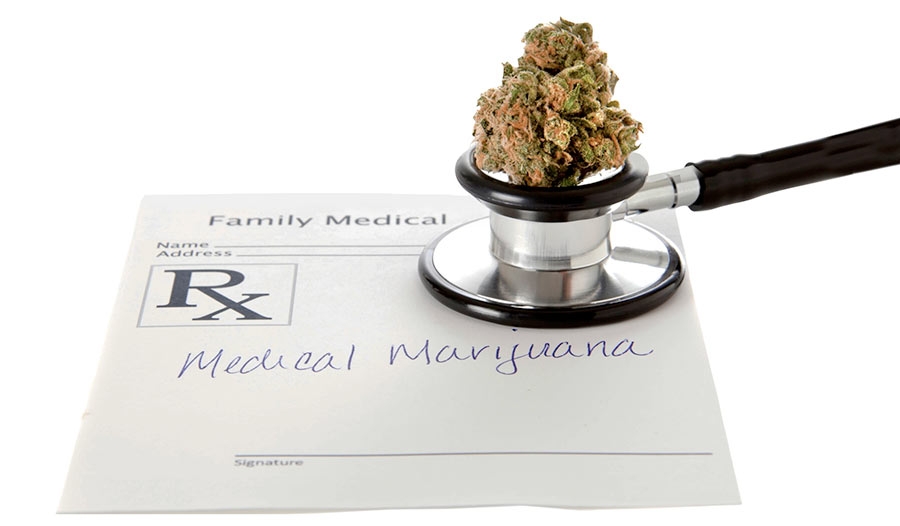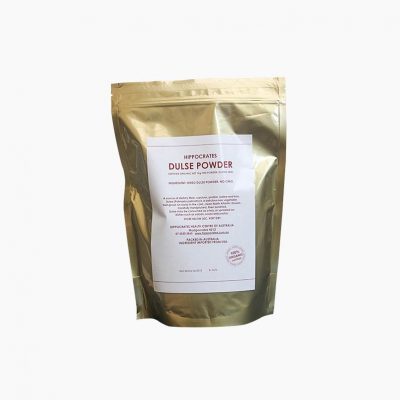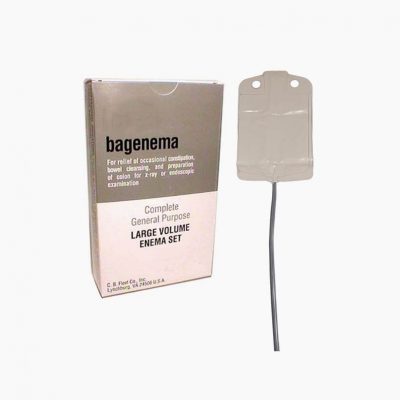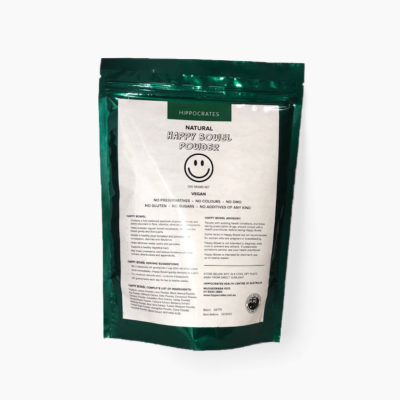01. Marijuana is SAFER than many commonly prescribed medications
Most seniors take prescription drugs on a daily basis. The “side effects” of marijuana are insignificant in comparison to the side effects of many prescription drugs, and not a single person has ever died from a marijuana overdose. An ongoing thirty-year study found that a person weighing 70 kg would have to consume over 2 kg of marijuana in one sitting to reach toxic levels, and that still would not be a fatal dosage. The powerful antioxidant effects of marijuana can provide relief for many disorders, including liver inflammation from hepatitis C, lupus, irritable bowel syndrome, and many other serious medical conditions that involve inflammation and oxidative damage.
02. Marijuana is not physically addictive
Many seniors fear that if they start using marijuana, they will become addicted. People can use marijuana daily and then stop “cold turkey”. Discontinuing the use of marijuana has much the same response as quitting the consumption of coffee. Many people who seek welcome and effective respite from chronic pain, anxiety, and stress use marijuana as a daily medicine.
03. Marijuana can reduce and possibly replace many prescription drugs
A major complaint of seniors regarding their daily drugs is that the first pill often causes side effects that the second one is supposed to “fix.” ”Marijuana’s healing properties target various conditions such as inflamed joints, high blood pressure, chronic pain, digestive disorders, constipation, headaches, insomnia, anxiety, cognitive awareness, and more. Marijuana has the potential for accentuating the effect of many commonly prescribed drugs (blog.norml.org).” For example, opiate-based painkillers are typically enhanced when marijuana is used concurrently, often resulting in a reduction of pharmaceutical drugs.
04. There are many different types, or “strains” of marijuana
Growing the plant is no different from gardeners attempting to create the perfect rose or tomato plant. Each plant has its own personality and effects. There are strains that are very helpful for chronic pain relief. Others can make one feel focused and energized, while still others can be relaxing and help with a good night’s sleep.
05. There are marijuana strains without “the high”
“If I could get the medical benefit from the plant without the high, I’d consider it.” Many seniors have said. Cultivators have developed and are currently producing potent CBD genetic strains that have minimal psychoactive effect. CBD, or cannabidiol, relieves inflammation, eases pain, stimulates bone growth, suppresses muscular spasms, reduces anxiety, and increases mental focus. There are liquid extracts that have no “high” at all. These have proven successful for persons suffering from arthritis pain, nausea, and muscle spasms.
06. There are ways to use marijuana other than smoking it
One common misconception among ageing adults is that they have to smoke marijuana to gain the medicinal benefits. In addition, though, there are liquid extracts, infused honey candies, baked goods, and other products to choose from. Marijuana can be added to recipes in the form of marijuana-infused butters or oils.
07. Marijuana-infused ointments can be effective in alleviating arthritis and neuropathy pain
These are effective, smell good and give no “high”, so one can feel comfortable using the products throughout the day.
08. Marijuana does not lower IQ or cause brain damage
Another common misconception ageing adults have with marijuana is that it can lower intelligence or cause brain damage . There is no documentation that shows that marijuana reduces or “kills brain cells.” Studies with Alzheimer’s and Parkinson’s patients indicate that marijuana gradually encourages new neural pathways, allowing those with impaired brain function to potentially halt further degeneration and even encourage brain function.
09. Marijuana can increase your appetite
One of the most dangerous health risks among senior citizens is the loss of appetite, leading to weight loss. Marijuana has been successful in alleviating nausea and as an appetite stimulant. However, rates of obesity have been found to be approximately a third lower in people who smoke marijuana at least three times a week, compared with those who don’t use marijuana at all.
10. The stigma around medical marijuana use is fading
Seniors are the fastest-growing population of new medical marijuana users.





